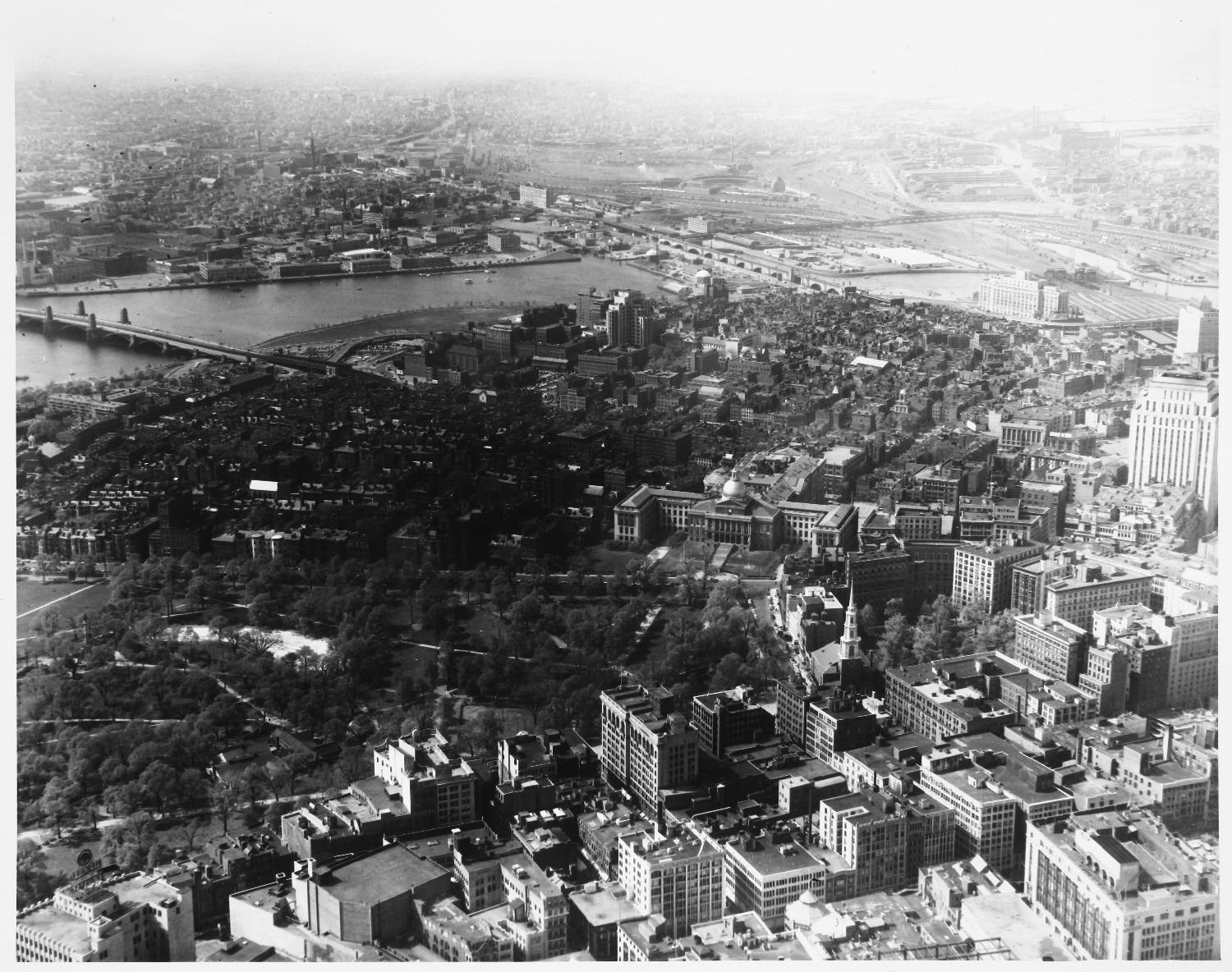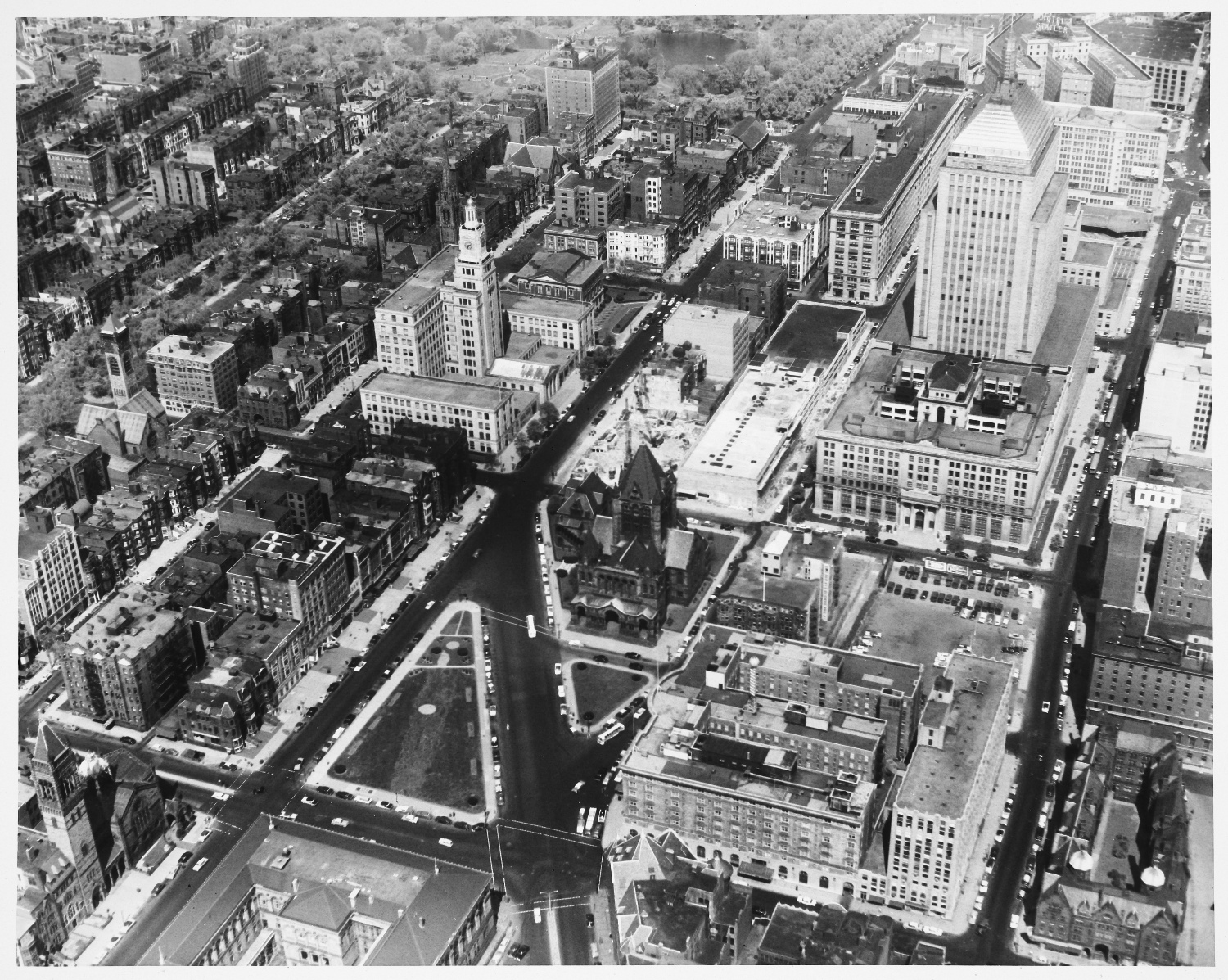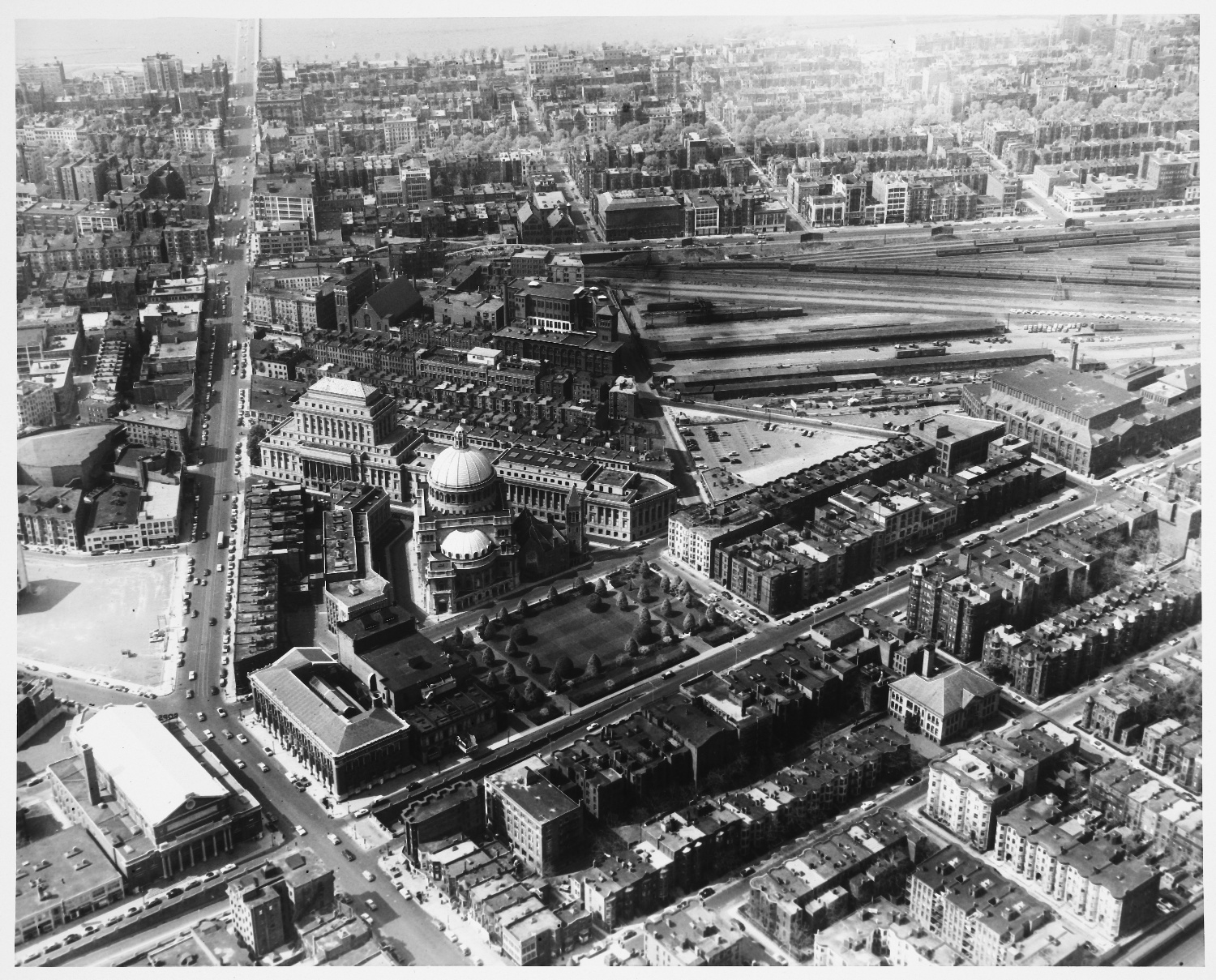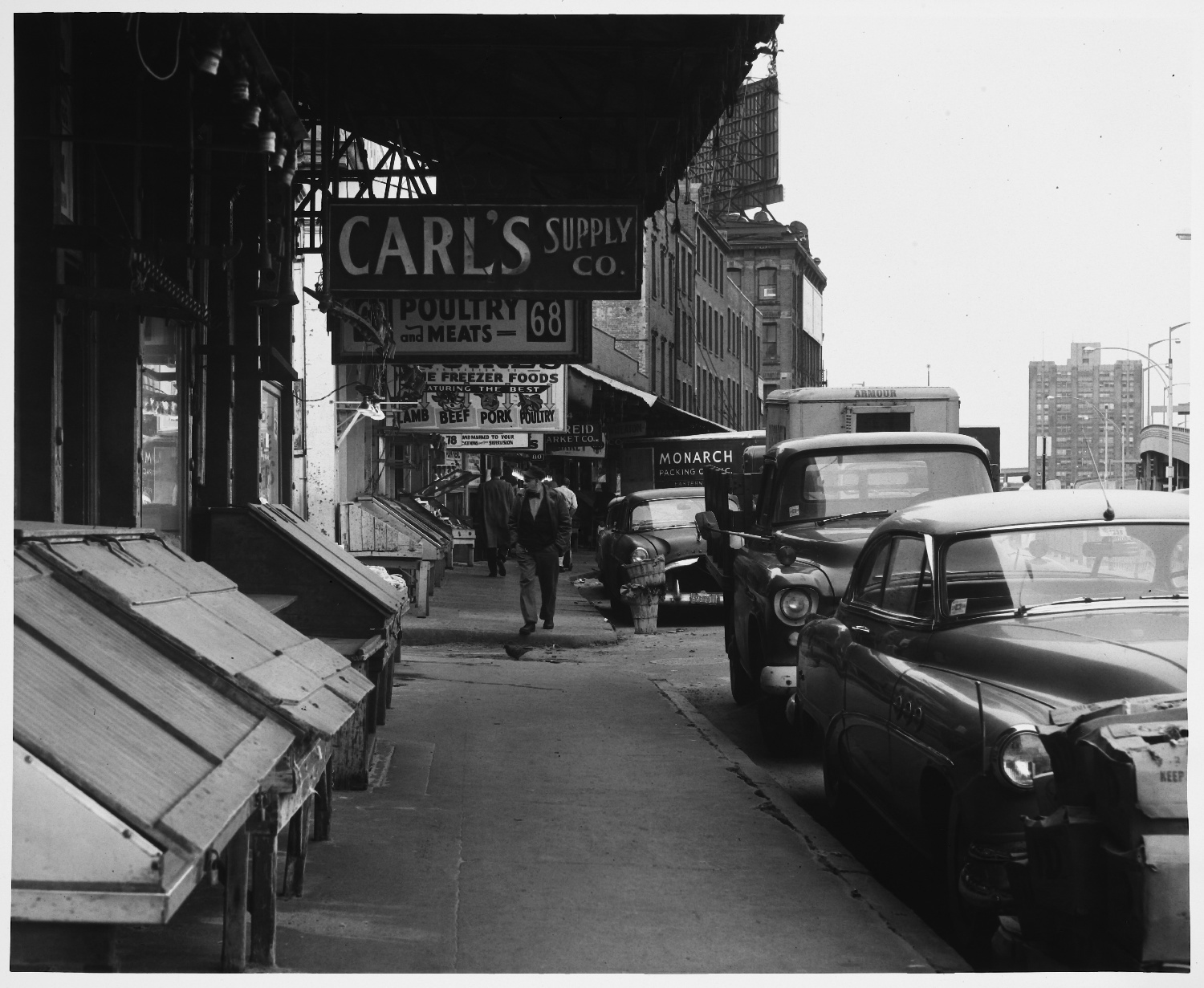Charlie_mta
Senior Member
- Joined
- Jul 15, 2006
- Messages
- 4,571
- Reaction score
- 6,506
...and a little bit of Somerville.
Here's an extensive collection of streetscape photos taken in the 1950's by some MIT folks. Great stuff. Just type in a key word like "Subway", or "Scollay Square", or "Central Square", or play around with different searches.
http://dome.mit.edu/handle/1721.3/33655
Here's an extensive collection of streetscape photos taken in the 1950's by some MIT folks. Great stuff. Just type in a key word like "Subway", or "Scollay Square", or "Central Square", or play around with different searches.
http://dome.mit.edu/handle/1721.3/33655





































